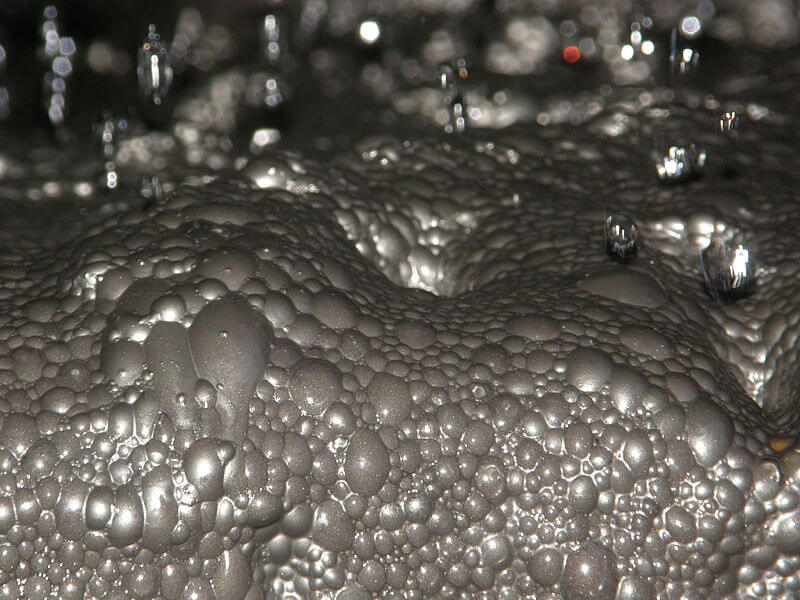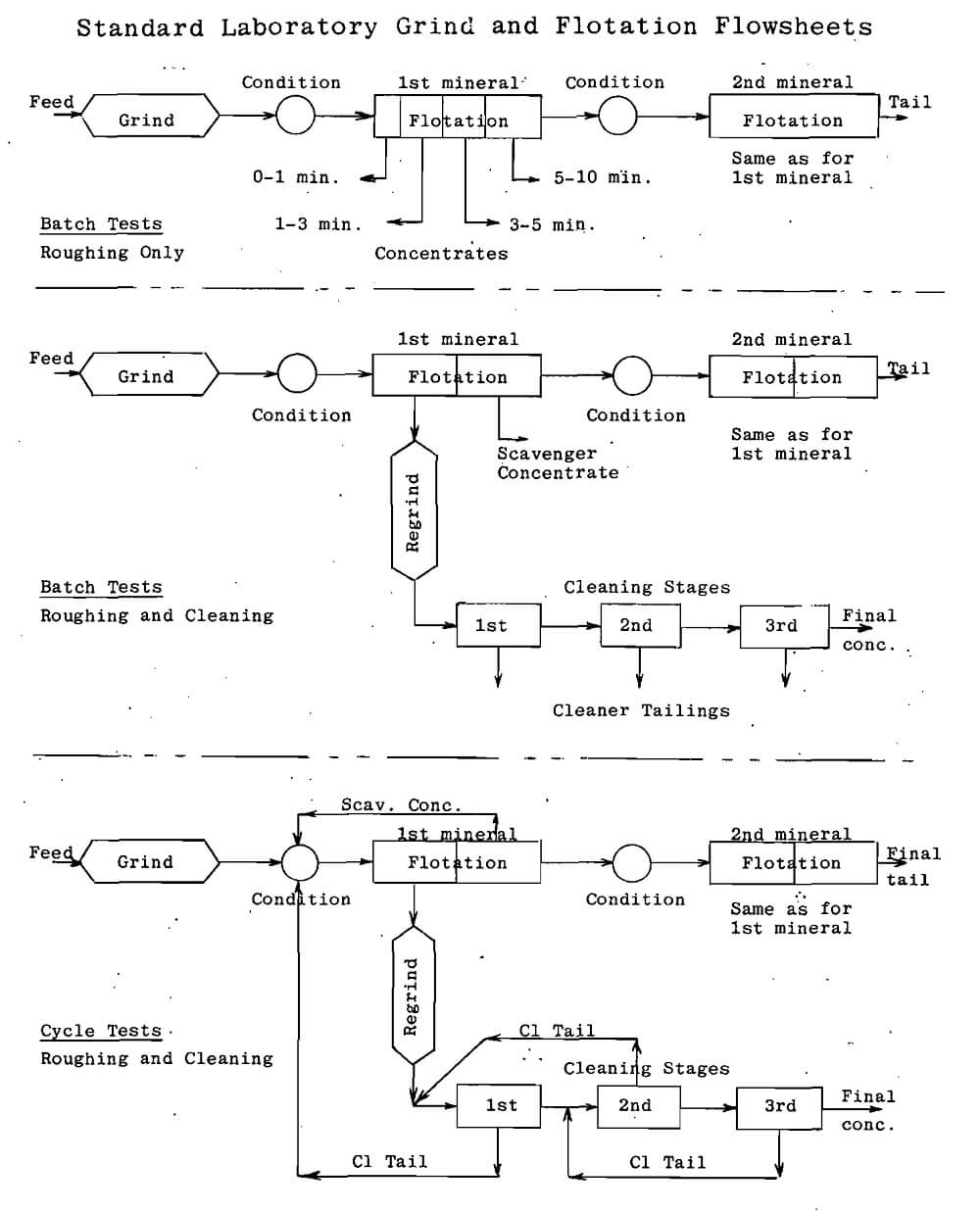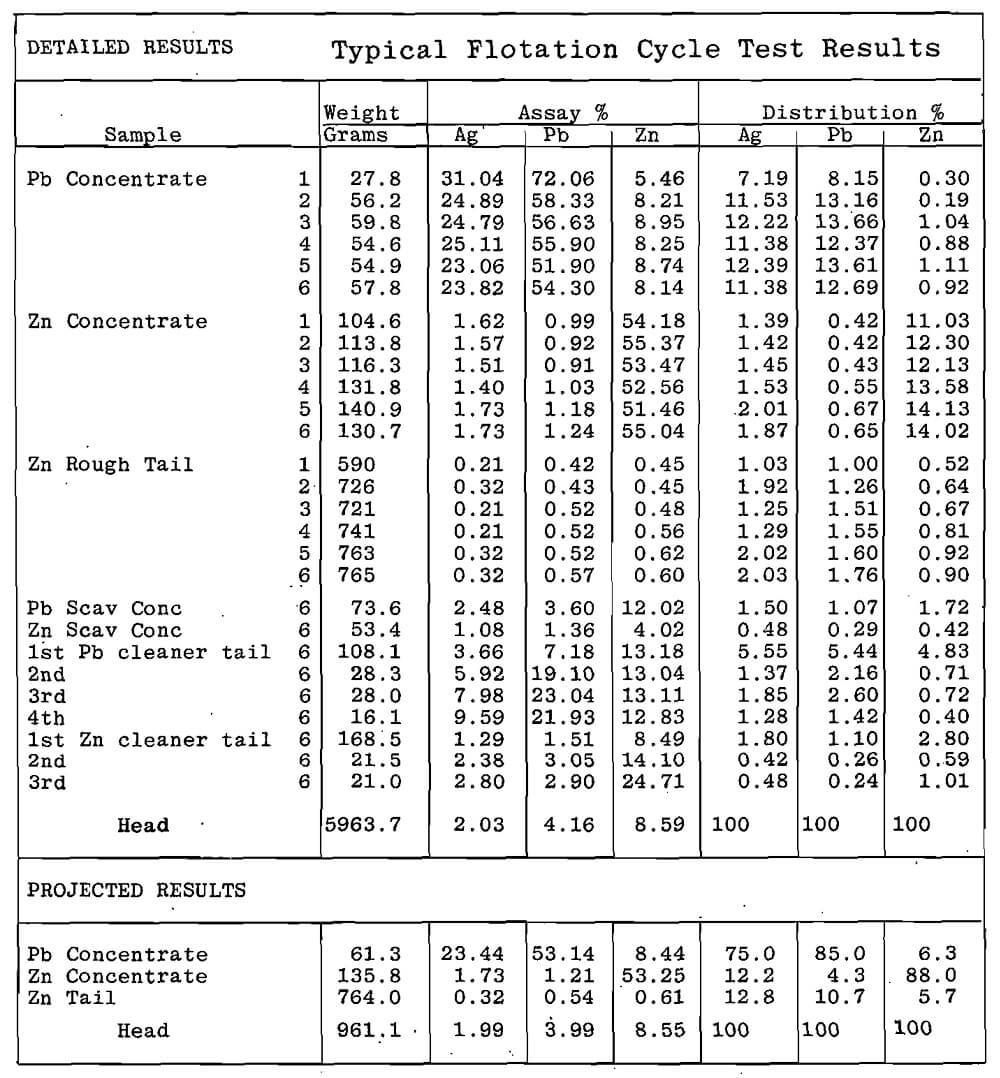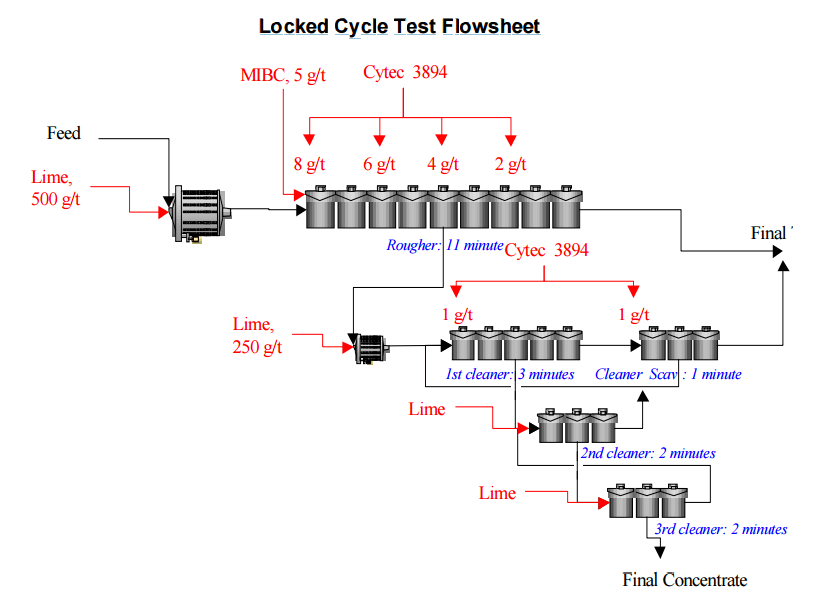
Flotation Locked Cycle Testing has been the favorite method for arriving at a metallurgical projection from laboratory flotation testing in the mining industry in the last decade, mostly because the final cycles of the test mimic a continuous circuit.
The difference is that, in a batch test, “the deportment of the intermediate streams to concentrate or tailings is unknown”, as in locked cycle tests “these streams are recycled and, at the end of the test, the material in these streams should report to either concentrate or tailings”, according to “Mineral Processing Plant Design, Practice, and Control Proceedings, Volume 1”.
After this process, “it will be clear how the intermediate streams divide between concentrate and tailings”, the report adds.
Shortly, this means the process if adequate to achieve metallurgical projection of continuous circuit behaviour, assess of circuit stability and also of the flow-sheet or “network” development.
1 Product Lock Cycle Test Procedure
But what are the basics of flotation locked cycle testing?
A locked cycle test is a repetitive batch test used to simulate a continuous circuit. The basic procedure consists of a complete batch test performed in the first cycle which is then followed by similar batch tests which have “intermediate” material from the previous cycle added to the appropriate location in the current cycle. These batch tests, or cycles, are continued in this iterative manner for a number of cycles until, ideally, the steady state is reached. The final products from each cycle, i.e. final concentrate and final tailings, are filtered and thus removed from further processing. At the end of the test, all the products, final and intermediate, are dried, weighed and subjected to chemical analysis. The test is balanced and a metallurgical projection is made.
The professionals unfamiliar with this technique might think that locked cycled testing is only connected to flotation, but any procedure can actually be locked cycled tested, like a Bond grind-ability test, for instance.
Despite its undeniable value to the industry, this process is still lacking some scientific validation and that is reflected by the lack of studies and documentation regarding the preparation for a locked cycled test, the number of cycles that should be performed, how to assess if the test’s goal was really achieved, how to produce a valid metallurgical projection and how to assess if that same projection is valid.
Yet, producing a valid metallurgical projection is one of the most important parts of the process. This result is the “final numerical summary” of the test’s performance and it’s possible to achieve it by using three different procedures – n-product formula, SME procedure and concentrate production balance -, which will later provide the same projection for a test at a steady state.
That is why locked cycle testing is currently used by several companies to produce valid and reliable projections. SGS and JKtech are two of them.
With over 70 years experience, SGS currently trusts in the advantages of this process, using its “high level of technical expertise” to properly execute and get the necessary projections by determining the exact number of cycles to perform, the best method to assess if the test has truly achieved steady state, the proper technique to produce a metallurgical projection and the validity of the metallurgical projection.
On the other side, at JKtech, locked cycle testing is “undertaken at a laboratory scale in order to simulate a continuous flotation operation”, reads the company’s website. The firm explains it adopted the procedure with great success and has used the methodology to validate JKSimFloat simulations under laboratory conditions.
While the sample requirements are quite simple to get and process, JKtech highlights the key benefits of the process, which mainly are the grading and recovery of information with recirculating streams, use of a small quantity of feed and the indication of reagent consumption.
Locked Cycle Tests
The number of batch tests required will vary from a few on the simple ores to perhaps hundreds for some complex ores. When middling products contain significant quantities of the metals to be recovered, cycle testing permits more accurate recovery calculations by reducing the percentage of middlings that arbitrarily must be assigned to final concentrates or tailings. This type of research is normally best performed by two or more technicians because a number of flotation cells and grinding mills may be required during the test and simultaneously will help to confirm that the technique proposed can be duplicated by others. Variability within a team strongly suggests flowsheet weaknesses. .
The flowsheet, reagents, times, etc. which have been developed during batch tests are used to design a flowsheet for cycle tests.
In these tests, intermediate products from one batch test are saved and reintroduced at the appropriate point in the subsequent batch test. The procedure is repeated until equilibrium as determined by weights and analysis is reached. Below we show some suggested typical standard laboratory grind and flotation flowsheets for batch and cycle tests. It is common to see six batch tests, used in one cycle test. Dilution becomes a problem .in these tests and must be controlled. Dewatering between steps might be necessary but the solutions should be reused as appropriate diluents and drying should not be practiced unless it is proposed for the full scale plant.
When equilibrium has been established, the results of the last two tests may be used to calculate the projected results for a full scale operation. If equilibrium has not been reached, it cannot be assumed that the intermediate products will end up in the desirable concentrates in the ratio indicated by the overall.test because some of these products may not be upgradeable. The more complex the separation, the more caution the research metallurgist should be in his predictions.



